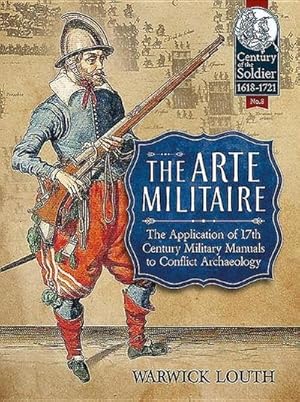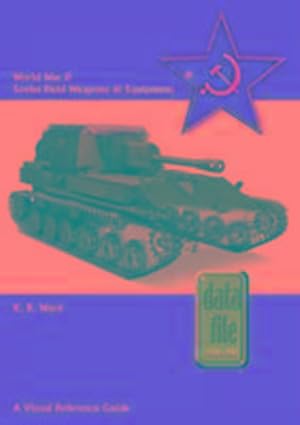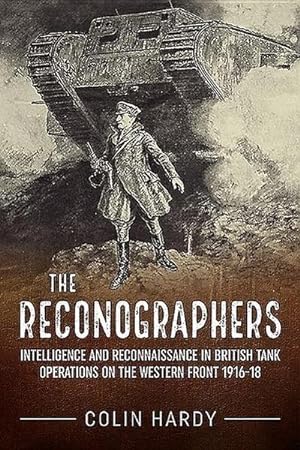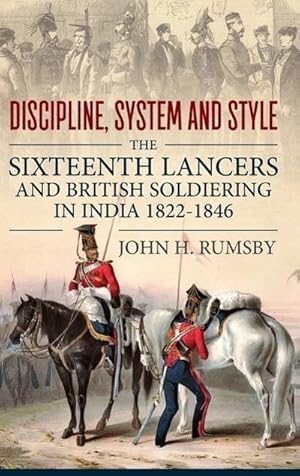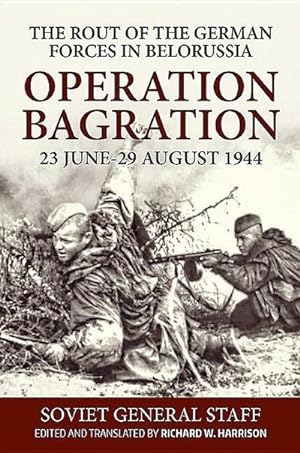helion company dez 2016 (5 Ergebnisse)
Produktart
- Alle Produktarten
- Bücher (5)
- Magazine & Zeitschriften
- Comics
- Noten
- Kunst, Grafik & Poster
- Fotografien
- Karten
-
Manuskripte &
Papierantiquitäten
Zustand
- Alle
- Neu
- Antiquarisch/Gebraucht
Einband
Weitere Eigenschaften
- Erstausgabe
- Signiert
- Schutzumschlag
- Angebotsfoto
Land des Verkäufers
Verkäuferbewertung
-
The Arte Militaire: The Application of 17th Century Military Manuals to Conflict Archaeology
Verlag: Helion & Company Dez 2016, 2016
ISBN 10: 1911096222ISBN 13: 9781911096221
Anbieter: AHA-BUCH GmbH, Einbeck, Deutschland
Buch
Taschenbuch. Zustand: Neu. Neuware - Military manuals have been used as a source through a range of historical studies, but only recently has their potential to Conflict Archaeology truly been recognised. Military manuals allowed the progression of the Military Revolution from the informed amateur towards the scientific, mathematical choreography for massed troops at the height of the Military Revolution, and their use as a viable historical resource often taken at face value - negating their worth. Using correlated GIS, landscape archaeology, metal detecting, military knowledge and experimental archaeology, we might understand more fully the limitations and strengths drill books provide us. Like a dance, military theory provides a certain number of ways individuals may progress through a landscape. Using examples taken from recent investigations at sites such as Edgehill, Lutzen and Lostwithiel, this paper shall examine to what extent individual drill can be identified in the archaeological record. This publication hopes to prove to what level and extent this can be applied to predictive modelling of artefact collections on battlefields - thus providing depth to the archaeological study of fields of conflict. Like investigations on the Little Bighorn battlefield, through use of wear analysis of the material remains of conflict, we can effectively tell the nuances of individual drill, practice and movement of people across a landscape; their drill actively mirroring subtleties in our understanding of interpretation. Taking the works of such writers and artists as Bariffe, de Gheyn and Ward, the author attempts to actively break down how individual and group drill will leave material remains and the archaeological means these might be taken down, but equally, this work also attempts to investigate and breach the subject of whether such manuals can also be used to dictate the survivability of 17th century fortifications - often within urban landscapes devoid of their civil war origins, as can be seen at Alton and Basing House. Theoretical in its nature and utilising and combining elements of research not previously collaborated, The Arte Militaire is unique in not merely showing how military manuals were used, but rather how they can still be seen within the historical landscape.
-
World War II Soviet Field Weapons & Equipment : A Visual Reference Guide
Verlag: Helion & Company Dez 2016, 2016
ISBN 10: 1909384992ISBN 13: 9781909384996
Anbieter: AHA-BUCH GmbH, Einbeck, Deutschland
Buch
Taschenbuch. Zustand: Neu. Neuware - All major and many minor and less well-known items of Soviet weaponry and equipment, rendered precisely in 3D, including detailed cutaways showing their internal workings, information which is often absent from other publications. Technical details are also provided.
-
The Reconographers : Intelligence and Reconnaissance in British Tank Operations on the Western Front 1916-18
Verlag: Helion & Company Dez 2016, 2016
ISBN 10: 1911096346ISBN 13: 9781911096344
Anbieter: AHA-BUCH GmbH, Einbeck, Deutschland
Buch
Buch. Zustand: Neu. Neuware - This is the first book devoted to the subject of reconnaissance in the nascent Tank Corps in the Great War. It is a neglected field in spite of passing references to reconnaissance in a number of early books on the history of the Tank Corps. This is also the first attempt to provide a conceptual framework in which to consider intelligence and reconnaissance work and to see it in the broader context of military reconnaissance. Adding the term 'Reconography' to the military lexicon draws attention to a little-known monograph on the subject which has never entered the popular domain before now. The introduction of the tanks on the Western Front in 1916 launched a new form of armored warfare. After their baptism on 15 September 1916, the tanks became dependent on a few reconnaissance officers to guide them into action. The importance of these officers was fully recognized within the Tank Corps itself, but less so outside. The reconnaissance officers came to form an elite group of talented men, a special caste, whose contribution to the nascent Tank Corps was far greater than their numbers might suggest. It is surprising, therefore, that the contribution made by these officers has hitherto been neglected in the historiography of British tank operations in the First World War. This book aims to appeal at a number of levels: it seeks to pull together the activities, skills and techniques of tank Intelligence and reconnaissance officers and assess their place and contribution to British tank operations in the Great War; it places tank reconnaissance work in the wider context of intelligence and reconnaissance activities prior to the war and it also provides a case study of the tensions that inevitably occur when new wine is put into old bottles, or more prosaically, new technology into existing organizations. It has been necessary to create conceptual structures in which reconnaissance operations can be analyzed; it attempts to breathe life into what some might regard as a dull technical subject by devoting space to key figures in Tank Corps' intelligence and reconnaissance activities. Fortunately, and perhaps as a consequence of their activities, they were some of the most colorful and interesting figures in the Tank Corps at that time. In awarding the author the WFA-Helion Holmes Prize, the judges concluded that 'his work reflects deep research, a high standard of writing and a notable originality'.
-
Discipline, System and Style': The Sixteenth Lancers and British Soldiering in India 1822-1846
Verlag: Helion & Company Dez 2016, 2016
ISBN 10: 1909982911ISBN 13: 9781909982918
Anbieter: AHA-BUCH GmbH, Einbeck, Deutschland
Buch
Buch. Zustand: Neu. Neuware - The Sixteenth Lancers already had a long and distinguished history when they sailed for India in 1822. Over the next twenty four years they fought in four wars, most famously in the Sutlej campaign, against the Sikhs. The Battle of Aliwal, in January 1846, is still celebrated by the successor regiment of the British Army. In their peacetime life in India, the Sixteenth sometimes enjoyed their exotic surroundings, but also endured the perils of a tropical climate ¿ the regiment lost far more men due to disease than in battle. This book examines in detail what regimental soldiering was like in India in those years. It draws on an unprecedented range of sources, most of them previously unpublished. Aside from the official archives, the story is enlivened by a rich collection of journals, letters and diaries left by the officers and men. An important feature of the book is the detailed roll of every officer and man who served in the Sixteenth in the Sutlej. This provides a unique profile of the ranks at Aliwal: where they came from, what skills they brought to the army, why they enlisted, and what happened to them in their army career and afterwards. Some surprising results have been revealed: the high rate of literacy, the high suicide rates, and the proportion of men who stayed on in India when their regiment returned home. The officers were highly experienced and professional, in stark contrast to the amateur attitudes of their fellows in the Crimea. All aspects of regimental soldiering are examined¿ command, uniforms and weapons, horses, training and medical services, but also how the men lived and played (the Sixteenth¿s theatre was famous). Many officers and men were from army families, and the period covered shows soldiers¿ sons growing up in the regiment and often reaching high rank. This unique¿social history¿ approach to the study of a British regiment will appeal to a wide audience; not only to students and academic staff studying military and social history, but also to students of Indian history, and to family historians with army ancestors. The account of the Sutlej campaign is relevant to the world-wide Sikh community. The nominal roll of the regiment will be appreciated by medal collectors, for whom an ¿Aliwal¿ medal to the regiment has a special allure. The successor regiment of the Sixteenth Lancers is again serving in Afghanistan, so that this book has a topical resonance.
-
Operation Bagration, 23 June-29 August 1944 : The Rout of the German Forces in Belorussia
Verlag: Helion & Company Dez 2016, 2016
ISBN 10: 1911096591ISBN 13: 9781911096597
Anbieter: AHA-BUCH GmbH, Einbeck, Deutschland
Buch
Buch. Zustand: Neu. Neuware - -Published in cooperation with the Association of the United States Army.


